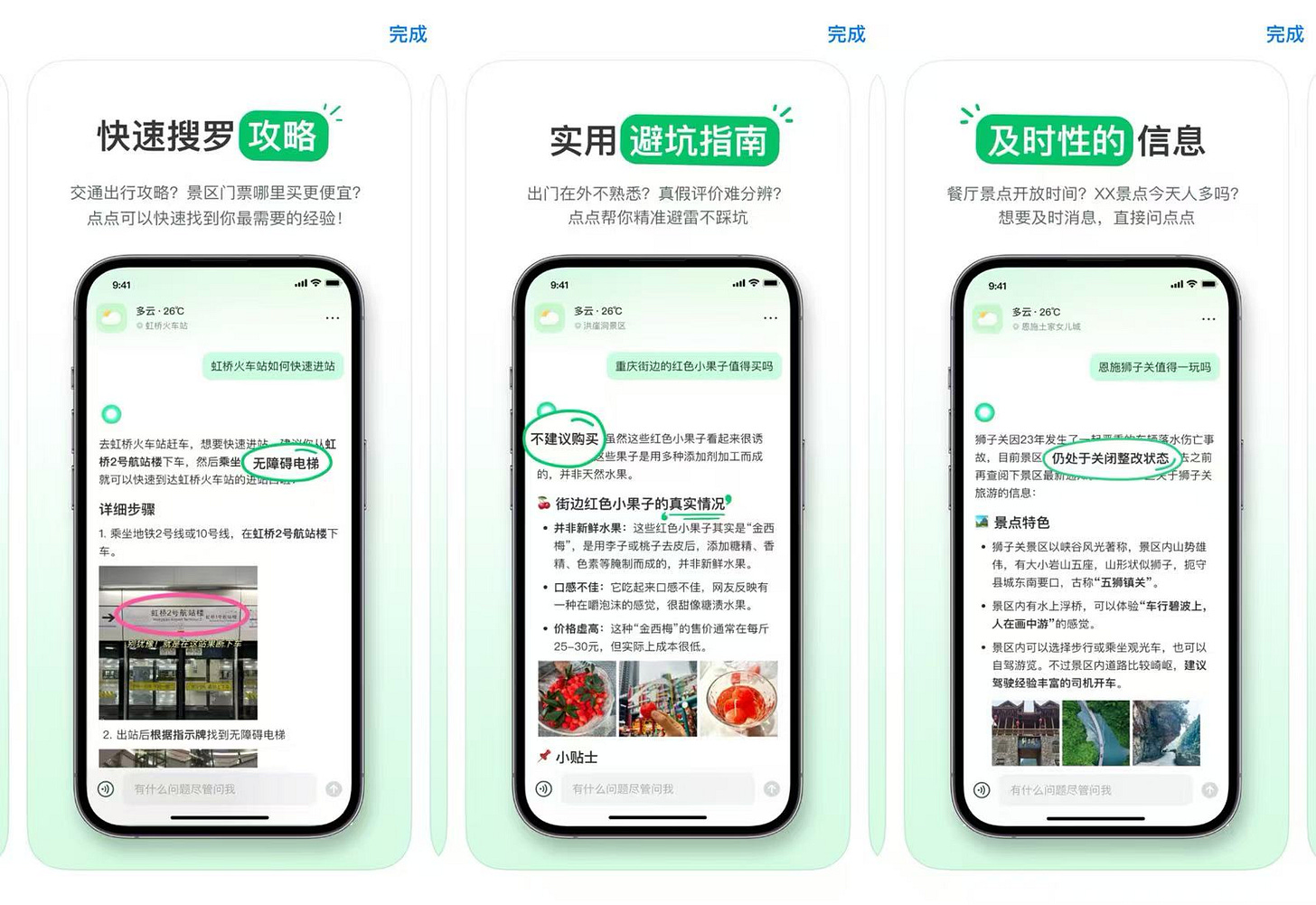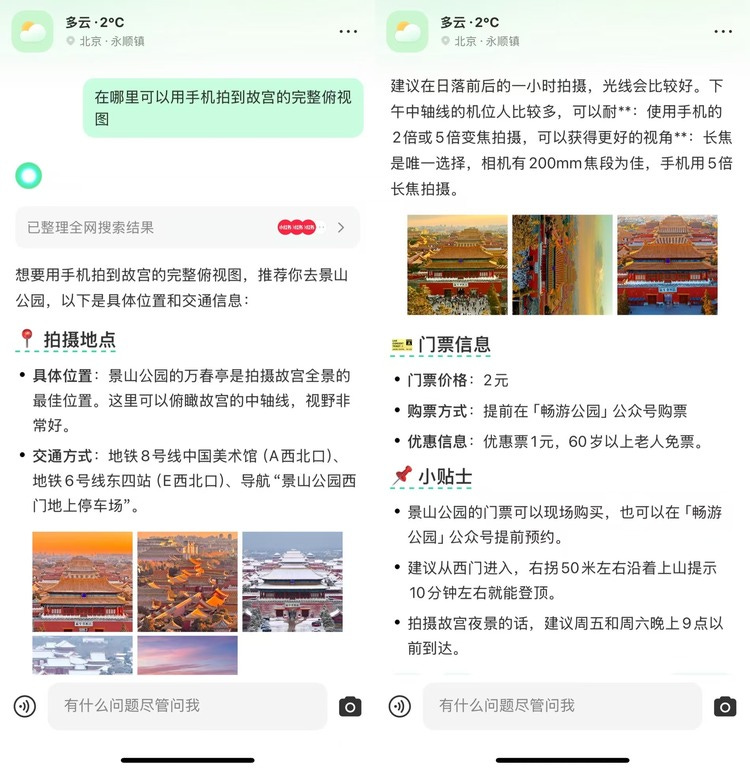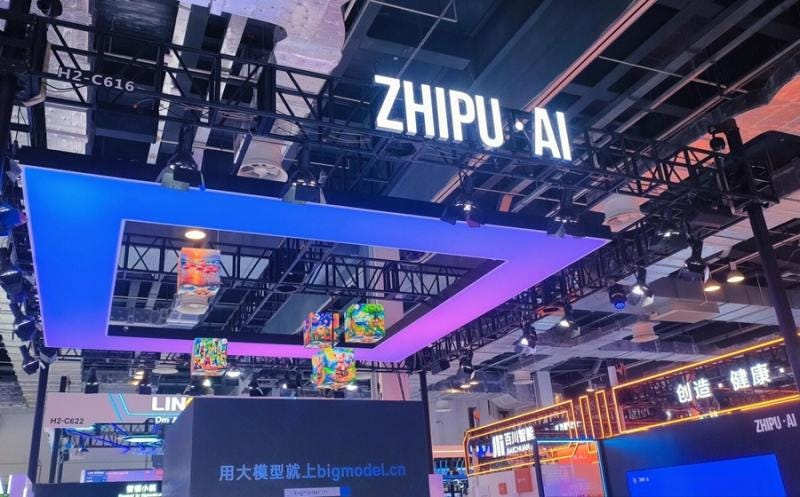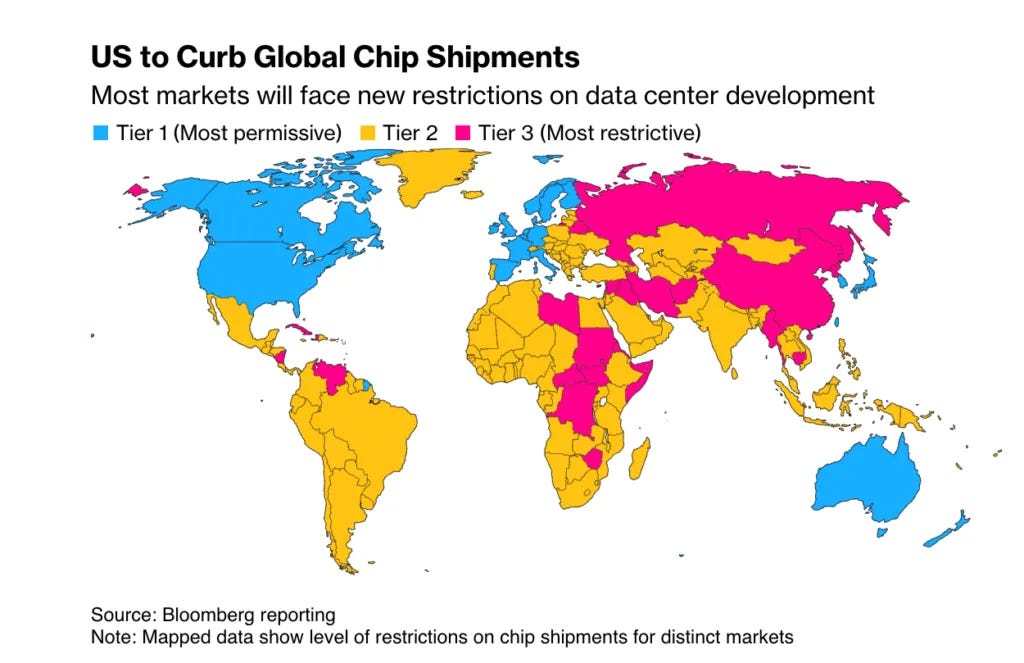📕Why RedNote, the Social App Hosting US TikTokers, Could Build China's Perplexity
Plus, the Biden administration proposes a new export control framework, and Zhipu AI has been added to the BIS Entity List.
Hi, this is Tony! Welcome to this issue of Recode China AI (for the week of January 13, 2025), your go-to newsletter for the latest AI news and research in China.
What’s new this week? My Xiaohongshu feed, known as RedNote in the U.S., has been flooded with posts from American users starting this week. On this social media app dominated by Chinese users and a Mandarin interface, Americans have entered the fray with Google-translated introductions, photos of their pets, and a quick embrace of local internet memes. Calling themselves “TikTok refugees,” they’ve found a new digital home.
This influx is primarily due to the impending U.S. ban on TikTok, scheduled for January 19, 2025, unless its parent company ByteDance divests its U.S. operations. In anticipation of this ban, many TikTok users are migrating to alternative platforms not owned by an American company in protest. RedNote becomes a prominent choice. The app has skyrocketed to become the most downloaded free app on the U.S. App Store, drawing half a million new users in a matter of days.
Often described as a blend of Instagram and TikTok, RedNote allows users to create posts, share short-form videos, shop for products, and engage in group chats. Notably, 70% of its 300 million monthly active users use RedNote for search, from beauty tips to travel recommendations, thanks to its rich trove of high-quality user-generated content (UGC).
Now entering the generative AI era, RedNote is exploring how AI and LLMs could “bring the community closer and better empower its users.” Its latest experiment is AI search.
RedNote’s Push into AI Search
RedNote has spent the past six months testing Diandian (translated as DotDot), its latest AI search. Available through both a standalone app and the RedNote interface, Diandian offers a chatbot-like experience for lifestyle and travel queries. The tool pulls content from RedNote and external sources, putting together first-hand experiences, reviews, and counterpoints in its AI-generated answers. Following RedNote’s unique style, its responses feature meme-rich bullet points paired with photos and videos.
For instance, when asked about Toronto ferry schedules or tips for solo travel with a broken leg, Diandian can offer detailed, actionable advice supplemented by user-shared insights. It can recommend the best locations to photograph Beijing’s Forbidden City, complete with equipment lists, navigation tips, and ideal timing.
Diandian is also able to process multi-modal inputs – text, images, videos, and even user comments. For example, uploading a photo of a cluttered room caused by a dog prompts it to suggest tips for managing pet behavior.
One unique feature is clickable exploration, where users can tap on specific texts within AI-generated answers to dive deeper.
However, Diandian still occasionally hallucinates responses, and early testers have voiced concerns about losing the personal touch that defines the platform’s peer-driven recommendations. It’s also unclear whether users have the option to consent to their posts being excluded in AI-generated summaries.
Diandian follows a series of AI experiments by RedNote, including Da Vinci Agent and Sososhu. Da Vinci is also an in-app chatbot but has a dedicated account which you can send message and converse, while Sososhu generates AI summaries that surface alongside search results similar to Google’s AI Overview. These iterations highlight RedNote’s strategic ambition in AI-powered community experiences.
What Sets RedNote’s AI Search Apart
Sequoia has called AI-powered search engines a “killer app.” Bloomberg recently highlighted that Google’s most serious rival isn’t Microsoft but Perplexity, an AI answer engine already serving over 15 million users. Meanwhile, in China, the race for AI search dominance is heating up.
Baidu, the leading search engine in China, is increasingly prioritizing its AI search capabilities. Starting in January 2025, the company elevated its AI search feature to a prominent position within its web search. Similarly, ByteDance and Chinese AI startup Moonshot have integrated AI search functions into their chatbots. Another emerging player is called Mita, a Chinese equivalent to Perplexity. It has claimed over 10 million users.
What sets RedNote apart from AI search apps like Perplexity and Mita is its unique, high-quality UGC assets. While Perplexity relies on external search engine APIs, RedNote’s vast repository UGC allows its AI search tool like Diandian to deliver highly relevant and context-specific answers.
However, Diandian has yet to fully harness the value of RedNote’s rich, multimodal content – its posts, videos, and user comments – for AI-generated summaries. Additionally, the nature of AI-generated responses could potentially reduce users’ engagement with original posts.
Should AI search remain a tool to elevate user experience, or will it redefine the platform’s role as a vibrant digital community? For now, Diandian marks a cautious yet promising step forward in RedNote’s AI exploration.
U.S.-China AI Dynamics Intensify with Sanctions and Export Controls
What’s New: The U.S.-China AI dynamic took a sharp turn on January 15, 2025, as the U.S. Department of Commerce added Beijing Zhipu Huazhang Technology (Zhipu AI) to its Entity List, citing concerns over its ties to China’s military.
In response, Zhipu AI vehemently denied the allegations, stating the decision “lacked factual basis” and will not “have any material impact on its operations or business activities.” Founded by Tsinghua University researchers, Zhipu AI is one of China’s most competitive AI startups for developing LLMs.
The blacklisting follows a broader crackdown by the Biden administration, which has added over two dozen Chinese companies including Sophgo, the company reportedly ordered TSMC chip found in Huawei processors.
Simultaneously, on Monday, the Biden administration also proposed stringent export controls – a three-tier framework – to curb China access to critical technologies such as advanced AI chips, proprietary AI models and parameters, and semiconductor manufacturing equipment.
How It Works: The Entity List designation is a powerful tool in U.S. trade policy. Companies on the list are effectively barred from acquiring American technology, software, and components without special licenses. For AI companies like Zhipu AI, this could mean losing access to critical hardware, such as Nvidia GPUs.
The newly proposed export controls add another layer of complexity. The tiered framework ensures seamless technology transfers among allies like G7 nations while imposing licensing requirements for middle-tier nations. For China and other bottom-tier nations, the policy amounts to a near-complete embargo on cutting-edge AI chips.
Industries on both sides of the Pacific are grappling with the fallout. U.S. semiconductor companies like Nvidia and AMD have warned that these measures could erode their global market share. In contrast, Chinese firms face an uphill battle to develop indigenous alternatives, a challenge compounded by their dependency on U.S.-origin technologies.
Why It Matters: The blacklisting of Zhipu AI and others highlights Washington’s growing unease over China’s ambitions to develop advanced AI. By restricting access to advanced chips and AI tools, the U.S. seeks to delay China’s progress in sensitive technologies.
On the Chinese side, the restrictions could further accelerate Beijing’s push for self-reliance in semiconductor and AI development. This decoupling risks creating inefficiencies, raising costs, and complicating international collaboration in AI research.
Weekly News Roundup
DeepSeek launched its DeepSeek app which provides free access to its advanced AI model DeepSeek-V3. The app offers online search, problem-solving, conversational abilities, language translation, creative writing, programming, and travel planning. (Tech in Asia)
Over the past decade, the U.S. and China have emerged as the leading nations in AI research collaborations, with a significant increase in transnational partnerships, particularly in non-Western countries. (Rest of World)
The US government’s new AI export restrictions aim to limit China's access to advanced AI technologies, but experts caution that this competitive approach could hinder beneficial collaboration and lead to unintended negative consequences. (Wired)
Shengshu Technology has launched Vidu 2.0, an updated version of its AI video generation platform designed to streamline the content creation process. This new version significantly reduces video generation costs by over 55% compared to industry standards, offering a rate of USD 0.0375 per second. (KrAsia)
Trending Research
(Starting this week, the trending research section will expand beyond papers or models from Chinese organizations only. While the purpose of this section has been to highlight underreported Chinese research, I believe valuable research shouldn’t be confined to geographic boundaries, and noteworthy global developments deserve to be included. Please note that I am not an AI expert; the research included reflects my personal interest and topics gaining traction.)
MiniMax-01: Scaling Foundation Models with Lightning Attention
The MiniMax-01 series includes the LLM MiniMax-Text-01 and the VLM MiniMax-VL-01. This MoE model features 32 experts and 456 billion total parameters, with 45.9 billion activated per token. It introduces Lightning Attention, an advanced linear attention mechanism designed for efficiently processing extremely long input sequences. MiniMax-Text-01 supports a context window of up to 1 million tokens during training and can extrapolate to 4 million tokens during inference. MiniMax claims the models rival SOTA models like GPT-4o and Claude-3.5-Sonnet while offering a 20–32x longer context window.
MiniCPM-o 2.6: A GPT-4o Level MLLM for Vision, Speech and Multimodal Live Streaming on Your Phone
Eko: Build Production-ready Agentic Workflow with Natural Language











